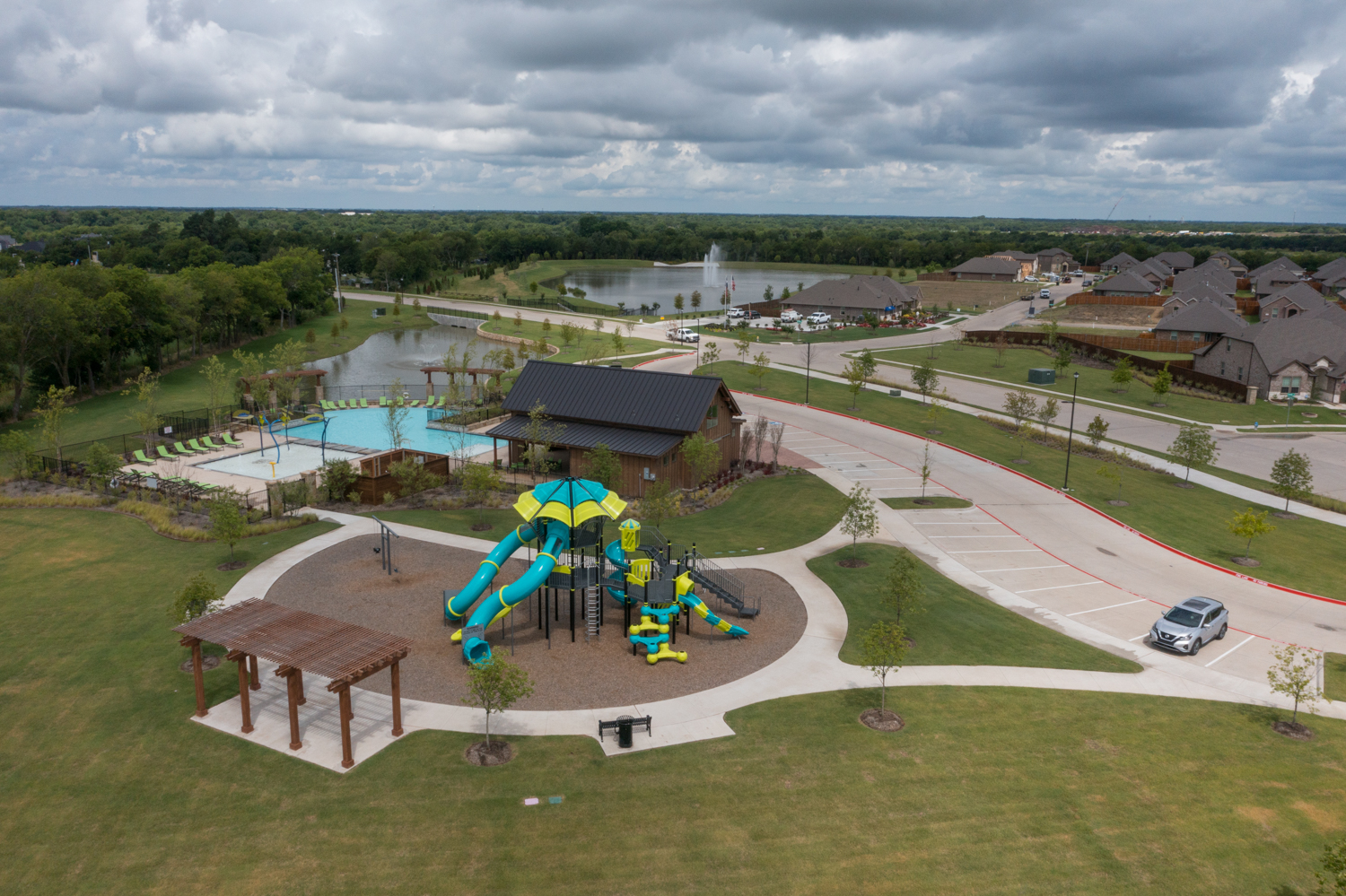Storms such as hurricanes can bring about flooding and other types of damage throughout the community—especially here in North and South Carolina. These experiences can damage homes, businesses, and outdoor implements like playground structures.Help revive the fun for the youngsters after they’ve weathered the storm with these tips for making the installation safe again when the winds and rains pass.
Close the Facility and Assess the Situation
If the playground structures have suffered from substantial, obvious damage due to limbs falling or have been submerged underwater, step one is to close the area to the public. It may be necessary to call the installer or manufacturer to get started with repairing major damage.
Otherwise, if there is no major physical damage visible, these next steps can minimize hazards and get the fun revived after a storm.
Key Parts of a Post-Storm Playground Inspection
Check for Erosion: This is an important step, and erosion after a heavy storm or flood can result in the footing of the playground devices becoming unstable.
Nuts and Bolts: Get to the nuts and bolts of any instability issues by inspecting them closely. Tighten loose ones and replace any that have gone missing.
Drain if Needed: Check components like climbers, slides, and panels that are double-walled molded plastics to see if water is caught inside them. If so, you can drain them by drilling a small hole in the underside of the implement or call a professional installer to assist.
Clean and Sanitize the Equipment
Before reopening the playground after it’s been subjected to flooding or storm debris, cleaning everything with fresh water ASAP is essential. Those on the coastline may be dealing with corrosive salt water, while others may be facing sewage or chemicals brought in by rising storm water.
Inspect any moving parts, such as game panels, swings, zip lines, suspension bridges, spinners, and moving climbers for normal motion. Sand and storm debris can cause them to stick in place and pose a hazard to users. Should they not move as they should, flush them out with high-pressure fresh water and then lubricate them according to the manufacturer's recommendations.
Take a Look At the Safety Surfacing
One of the most common damage issues after heavy rainstorms or flooding involves the safety surfacing beneath the playground installation. After removing any tree limbs, branches, and other large debris, do a full inspection of the surface.
Rubber surfaces that are poured in, tiles, or bonded rubber mulch can become gouged by the impact of flying storm debris. Sand, dirt, and silt can also become trapped in the voids of the surface. Again, using a pressure washer to flush the material out with fresh water is a quick solution.
Artificial turf systems can become wrinkled during flooding or high-wind situations. Should this happen call a professional playground installer to re-stretch it to prevent trip and fall accidents during future use. Mulch and wood chips can float away, so you’ll want to ensure that what remains is adequately deep enough to be effective. Replenishing them may be necessary.
Document The Scene Diligently
Accurate records are a key aspect of the recovery process. If you plan to make an insurance claim or discuss a warranty or replacement situation with the manufacturer, be sure to take photographs and make notes of any and all damage caused by the storm. In the case of major storms like a hurricane, FEMA may require documentation in order to assist with associated repairs or cleanup costs.
Churchich Recreation Can Help!
Here at Churchich Recreation, we have consultants in the North Carolina and South Carolina regions to help you with post-storm inspections, cleanup, and repairs. If you need advice or a maintenance plan even without storm damage, contact us for assistance today.
